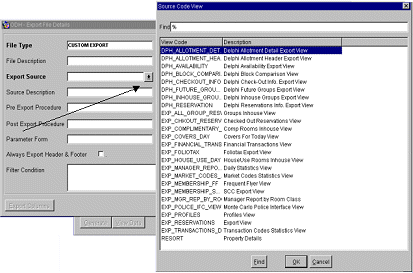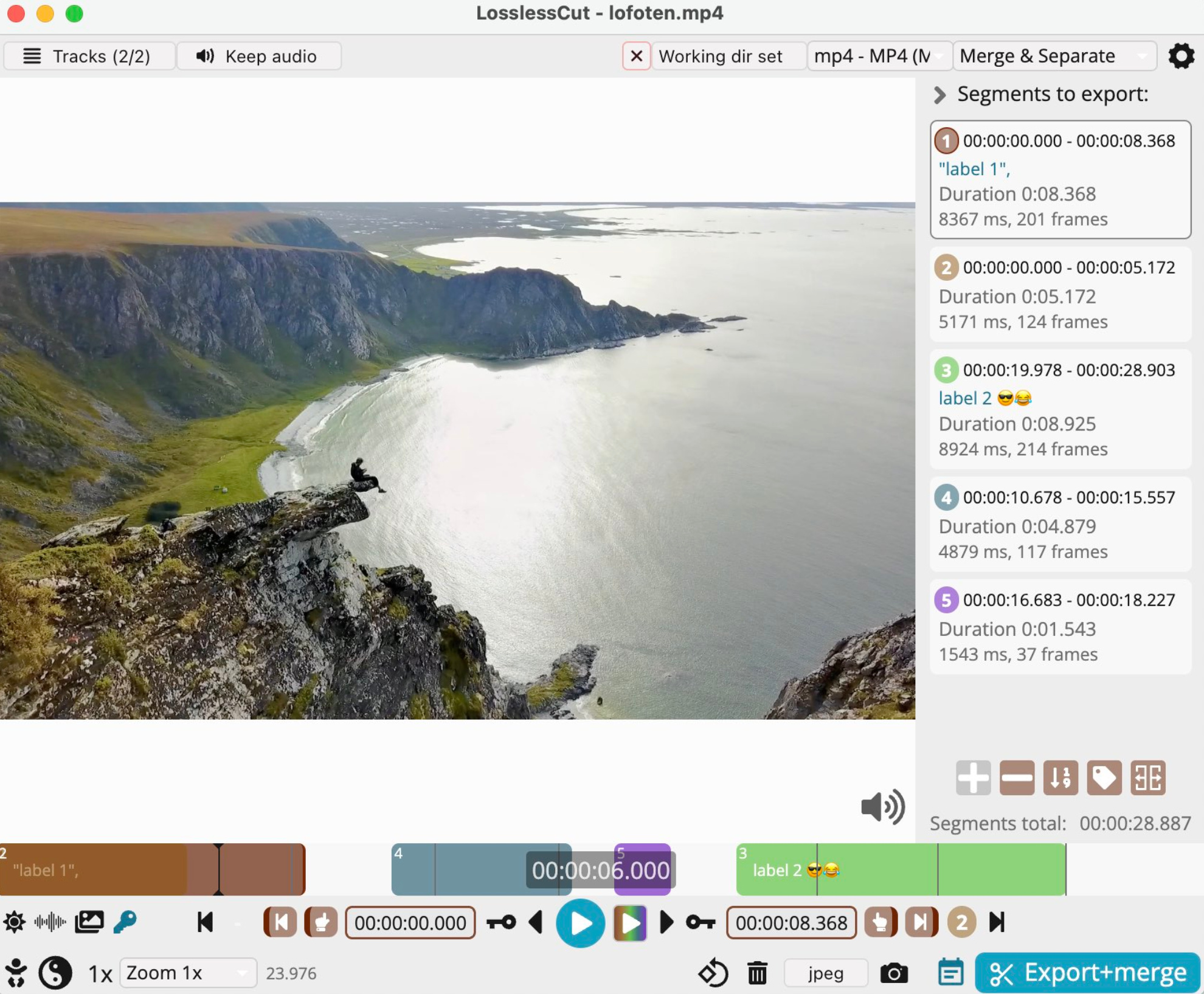

Rawvideo was also popular as being a lowest-common-denominator format between editors on different OSes. This is what makes the intermediate and lossless codecs so attractive compared to rawvideo these days. The intermediate codecs are compressed even further considering that they are hauling upscaled 4:2:2 data and even upscaling to 10-bit for ProRes, and are still smaller than rawvideo in 8-bit 4:2:0. Given that rawvideo and Ut Video are both lossless, compression allows the storage system specifications to be reduced to a third on all counts (cost, capacity, transfer speed, time for copying, etc) in exchange for a small amount of CPU decompression overhead. Here are some relative file size differences from a test I just ran: A very expensive storage system would likely be required to feed 4K uncompressed multi-track video to an editor for any amount of runtime, especially if backups and archiving are part of the package too.

LOSSLESSCUT EXPORT FILES UNPLAYABLE 1080P
But that advantage largely evaporates at 4K and above (possibly at 1080p depending on track count) because the sheer amount of data in an uncompressed format strains the storage systems to keep up with demand for speed and space. Historically, rawvideo was popular for lower-resolution video editing because it had zero compression which allowed more CPU to be devoted to effects processing. I don’t know why, although I suspect bicubic chroma upsampling when a yuv420p source is converted to yuv422p for internal processing.) (Spoiler alert: every fourth byte will be different by -1 if you compare generation 2 to generation 3 from the Shotcut rawvideo exports. The same generation means they would likely be altered the same amount and therefore produce identical files. It’s important to compare files from the same generation in order to eliminate the possibility that processing in the transcoding engine or poorly-chosen transcode settings could have altered the color values. The two rawvideo files at the end of the chains will be bit-for-bit identical and can be confirmed with fc /b at a Command Prompt. Here is a simple transcoding test procedure for anyone interested in proving lossless codecs for themselves:Ĭhain A: Source video -> rawvideo -> rawvideoĬhain B: Source video -> Ut Video -> rawvideo There isn’t a need to put quotation marks around “lossless” formats… they are truly lossless, causing no reason to be concerned about the integrity of your data. The only difference is how those values were physically stored on disk. Identical YUV values come out of the codec when played back.

Raw YUV values are pushed into either codec by the Shotcut export process. Meanwhile, lossless codecs have “visibility” of the entire frame and can find compression opportunities anywhere similar colors and patterns show up.Īt the logical interpretation level, no there isn’t a difference. The decoder has to be manually told the resolution and subsampling (from AVI metadata if available) so that it knows how many bytes to read per scan line of video. Rawvideo is (usually) a headerless stream of uncompressed YUV values. At the physical storage level, naturally yes.


 0 kommentar(er)
0 kommentar(er)
